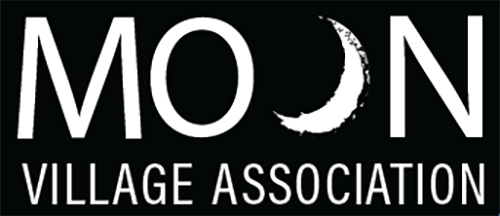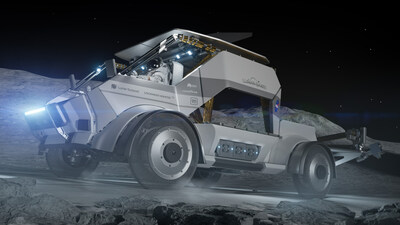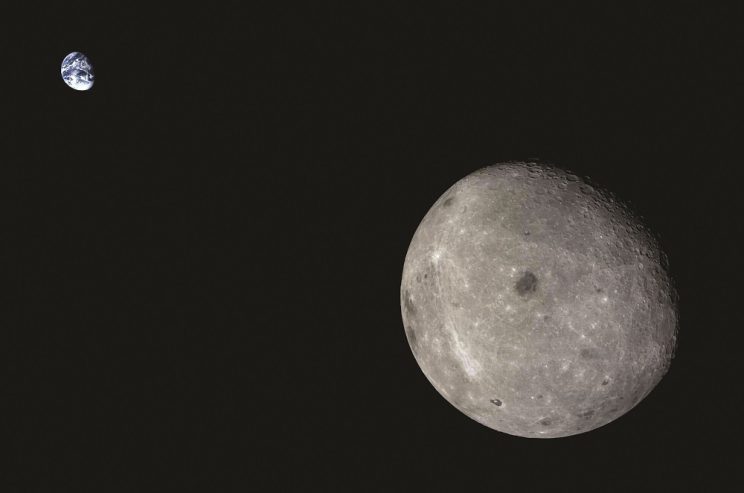
NASA Selects Geology Team for the First Crewed Artemis Lunar Landing

NASA has selected the geology team that will develop the surface science plan for the first crewed lunar landing mission in more than 50 years. NASA’s Artemis III mission will land astronauts, including the first woman to land on the Moon, near the lunar South Pole to advance scientific discovery and pave the way for long-term lunar exploration.
“Science is one of the pillars of Artemis,” said Dr. Nicky Fox, NASA Science Associate Administrator. “This team will be responsible for leading the geology planning for humanity’s first return to the lunar surface in more than 50 years, ensuring that we maximize the science return of Artemis and grow in our understanding of our nearest celestial neighbor.”
The Artemis III Geology Team, led by principal investigator Dr. Brett Denevi of the Johns Hopkins University Applied Physics Laboratory in Laurel, Maryland, will work with the agency to determine the mission’s geological science objectives and design the geology surface campaign that the Artemis astronauts will carry out on the Moon during this historic mission. These objectives will be defined in accordance with the established Artemis science priorities.
“Selecting this team marks an important step in our efforts to optimize the science return of Artemis III. This team of well-respected lunar scientists has demonstrated experience with science operations, sample analysis, and operational flexibility, all of which is critical for the successful incorporation of science during Artemis III,” said Dr. Joel Kearns, deputy associate administrator for exploration in NASA’s Science Mission Directorate at NASA Headquarters in Washington. “With the establishment of the Artemis III Geology Team, we are ensuring that NASA will build a strong lunar science program.”
The other co-investigators on the Artemis III Geology Team are:
- Dr. Lauren Edgar (deputy principal investigator), U.S. Geological Survey in Reston, Virginia
- Dr. Bradley Jolliff, Washington University in St. Louis, Missouri
- Dr. Caleb Fassett, Johns Hopkins University Applied Physics Laboratory in Laurel, Maryland
- Dr. Dana Hurley, Johns Hopkins University Applied Physics Laboratory in Laurel, Maryland
- Dr. Gordon Osinski, University of Western Ontario in London
- Dr. Jennifer Heldmann, NASA’s Ames Research Center in Silicon Valley, California
- Dr. Jose Hurtado, University of Texas at El Paso
- Dr. Juliane Gross, Rutgers University in New Brunswick, New Jersey
- Dr. Katherine Joy, University of Manchester in the United Kingdom
- Dr. Mark Robinson, Arizona State University in Tempe
- Dr. Yang Liu, NASA’s Jet Propulsion Laboratory in Southern California



